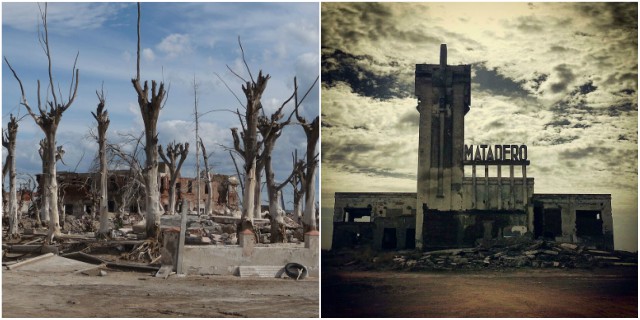Approximately 340 miles south-west of Buenos Aires, Argentina, on the shores of salt lake Lago Epecuén, is where the remains of Villa Epecuén still stand.
This small resort village was established in the early 1920s and continued to grow and develop for several decades, reaching its peak in the 1970s, when the population counted over 5,000 visitors.
However, it was around this time when Epecuén was struck by several years of unusually high rainfall. The Lake slowly started to accumulate more water until, in 1985, the water broke through the dam. The flood grew and began consuming the whole town, until finally, in 1993, Villa Epecuén was literally wiped off the map and left 33 feet underwater.
Villa Epecuén remained sunken for nearly 25 years, until 2009, when the waters began to withdraw, and the village ruins slowly began surfacing.
No residents ever returned to the town again, except for Pablo Novak, who remains its sole inhabitant. He is the only one who carried the memories of this former tourist town’s golden days. His story is told in the 2013 documentary film Pablo’s Villa.
The history of this real-life Atlantis can be traced back to the late 19th century before it became an established community. It all began with Lago Epecuén. Stories about the therapeutic powers of the lake’s salty waters drew visitors from all around the world seeking cures for their ailments.
Legends about the lake’s origin say that it was created from the tears of a great Indian chief crying for the loss of his beloved. People believed that the water of Epecuén ( or ‘eternal spring’) can treat anemia, depression, diabetes, rheumatism, and skin diseases.
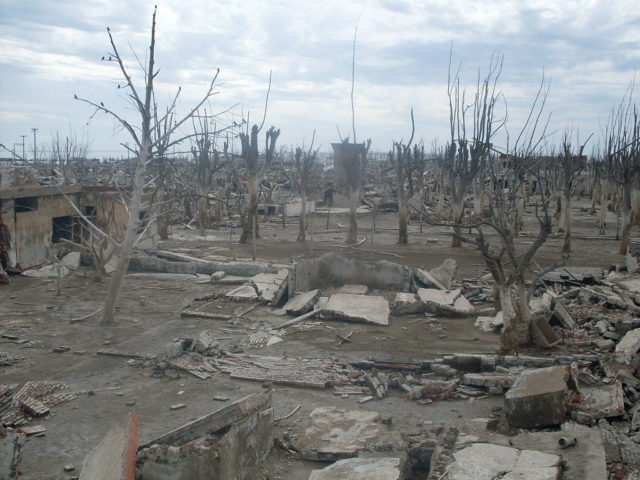
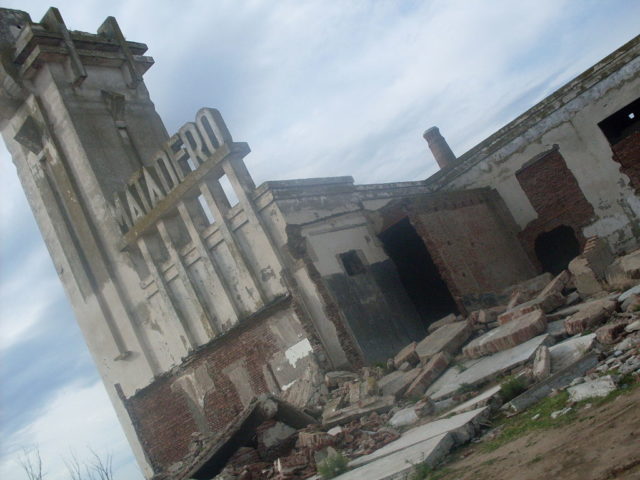
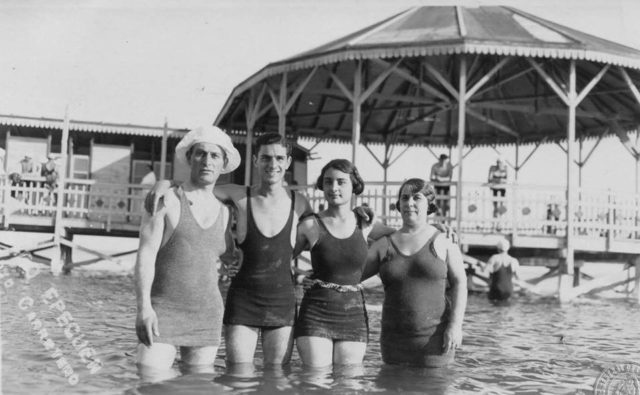
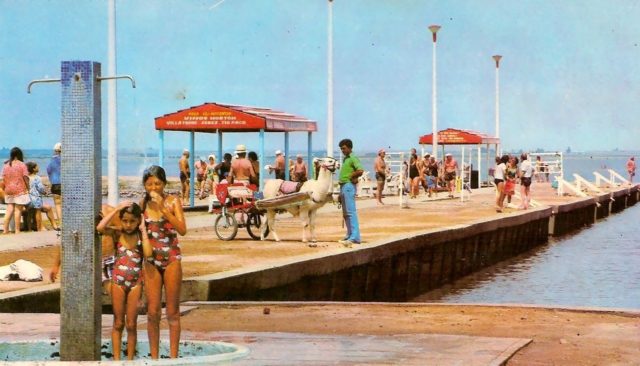
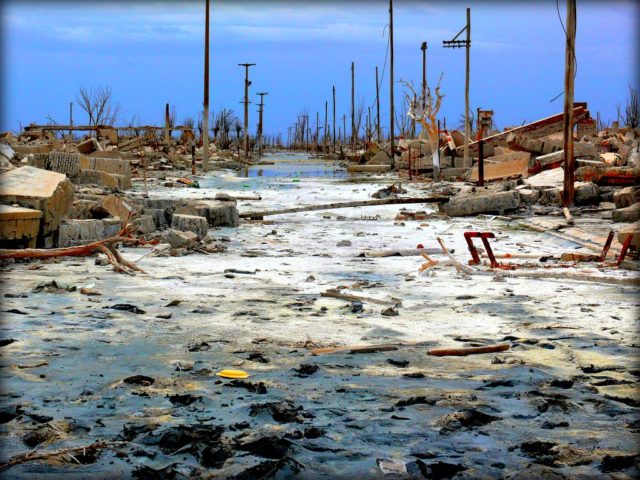
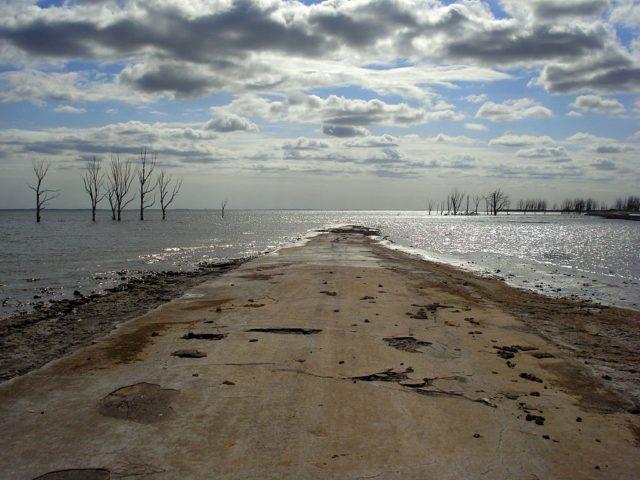
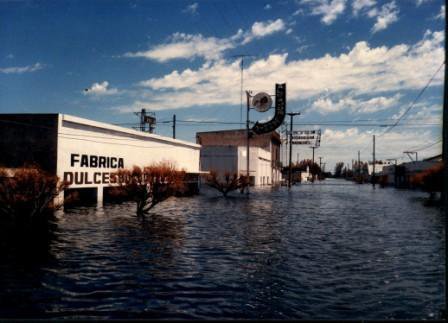
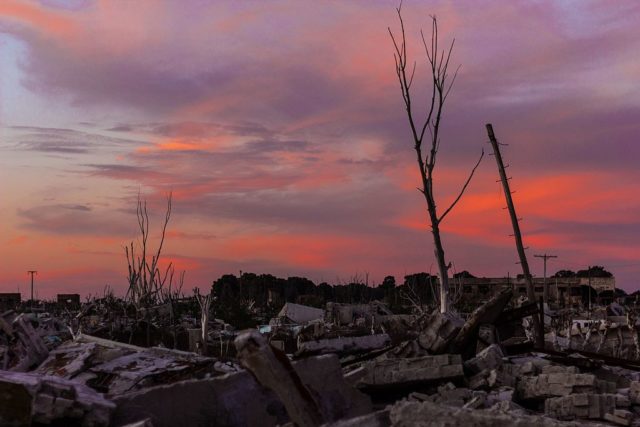
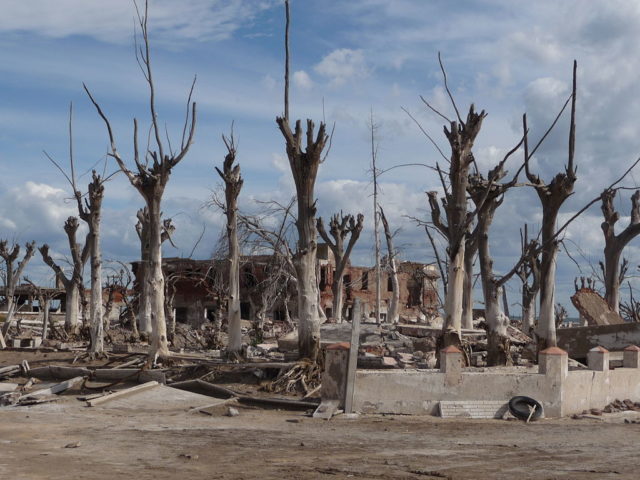
The most unusual characteristic of Lago Epecuén is its extremely high salt content. It is ten times higher than any ocean and second highest in the world, just behind the Dead Sea. It’s because of this that the first residents established a small tent community on its banks.
They saw an opportunity to exploit the lake’s enormous resources. This paved the way for Villa Epecuén’s transformation from a small mountain village to a bustling tourist resort.
The turn of the 20th century was pivotal for Villa Epecuén. People’s interest in the lake to grow. Minerals extracted from the lake were processed for medicinal purposes and used in the production of glass. Sulfates were bagged and transported to the capital for sale so that anyone could experience the lake’s benefits in their own homes. In 1909, a formal evaluation was made of the water’s components by Argentine health professionals and their approval laid the groundwork for building the first resort in 1921.
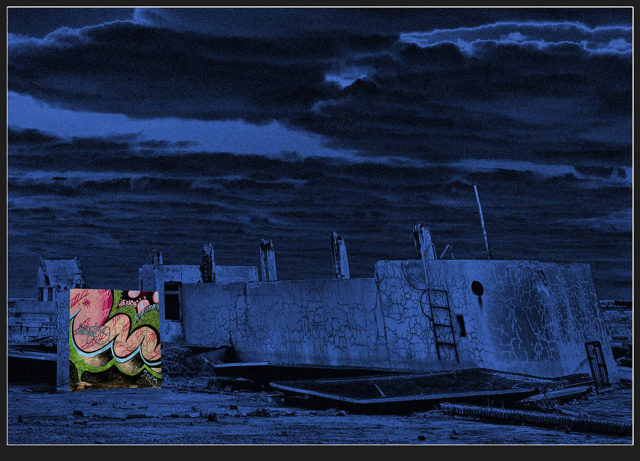
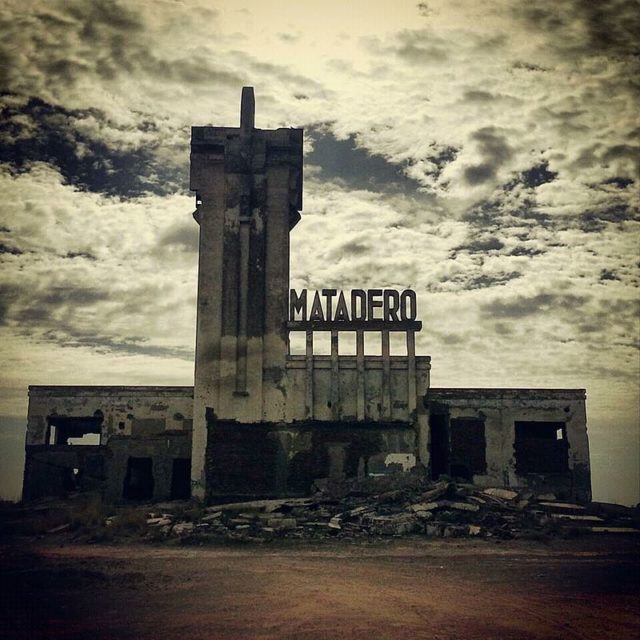
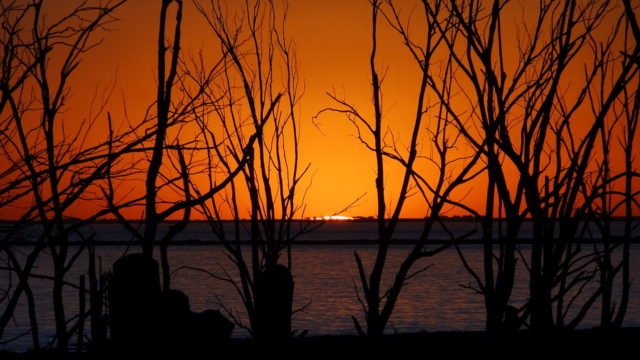
In its formative years, the village saw many tourists coming from Buenos Aires to experience the water’s benefits first-hand, and when a train station was introduced in 1972, the number of visitors to Epecuén skyrocketed. At its peak, the town was visited by up to 20,000 tourists each summer. Additional hotels, museums, and a bus terminal were built to support the ongoing tourist boom.
But in early 1985, the weather changed: rainfall levels increased drastically. The waters finally breached the town later the same year, and the tide proved unstoppable, rising almost an inch every hour. In the immediate aftermath, many residents sought refuge in Carhue, which was a difficult move since relations were uneasy between the two communities. Although nobody died from the flooding, the psychological impact on the inhabitants took its toll over the years.
Today, more than 30 years have passed since this tragedy, but many village occupants never recovered from the trauma, even to this day. They lost everything they had overnight and ultimately none of them returned. The town still remains in uninhabitable ruins.
